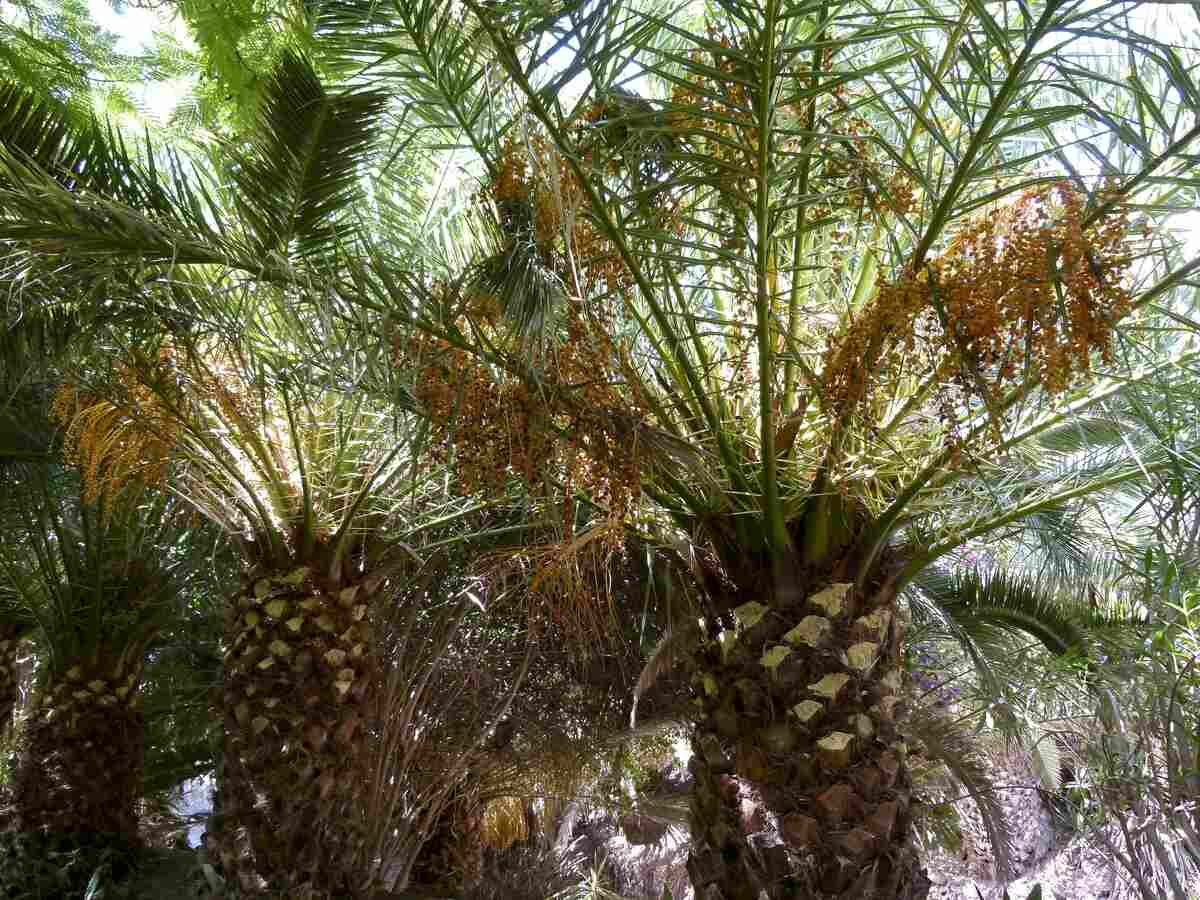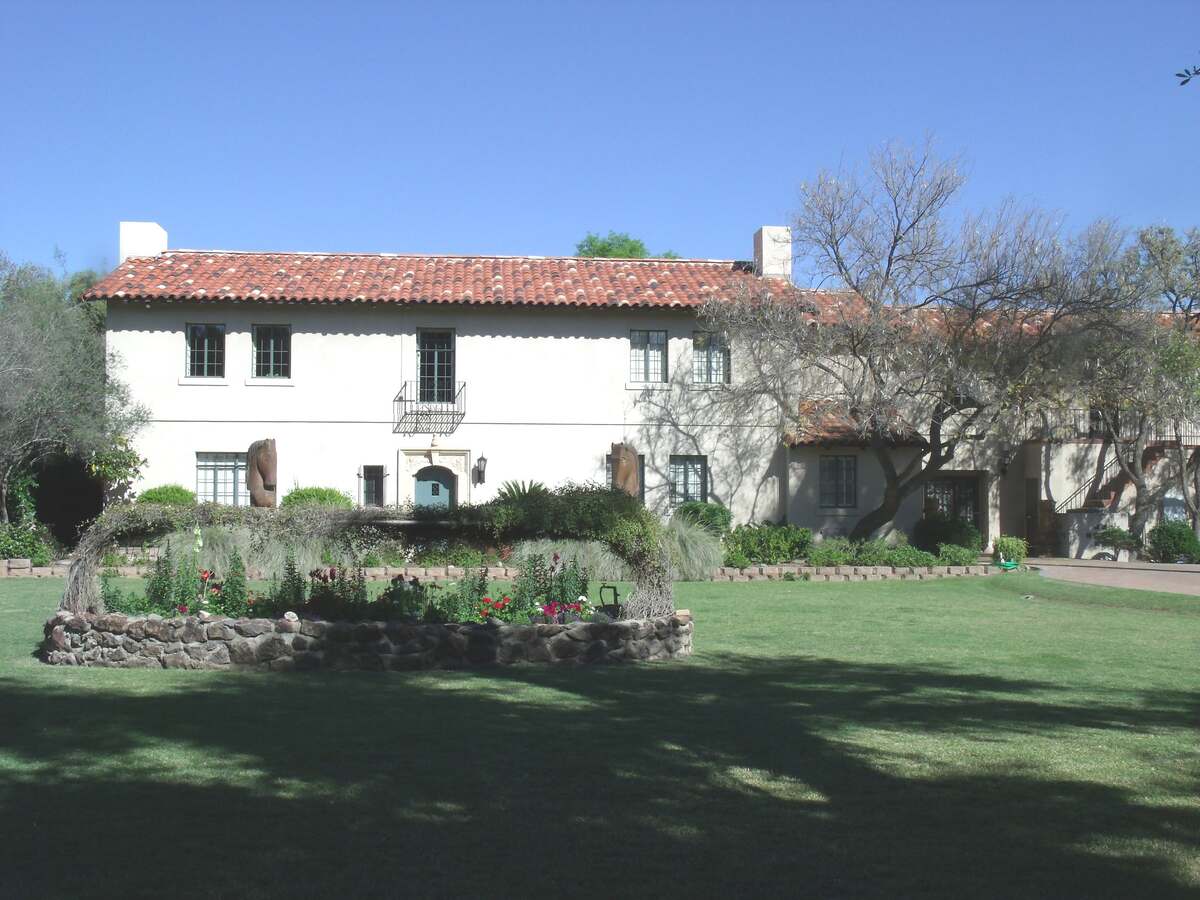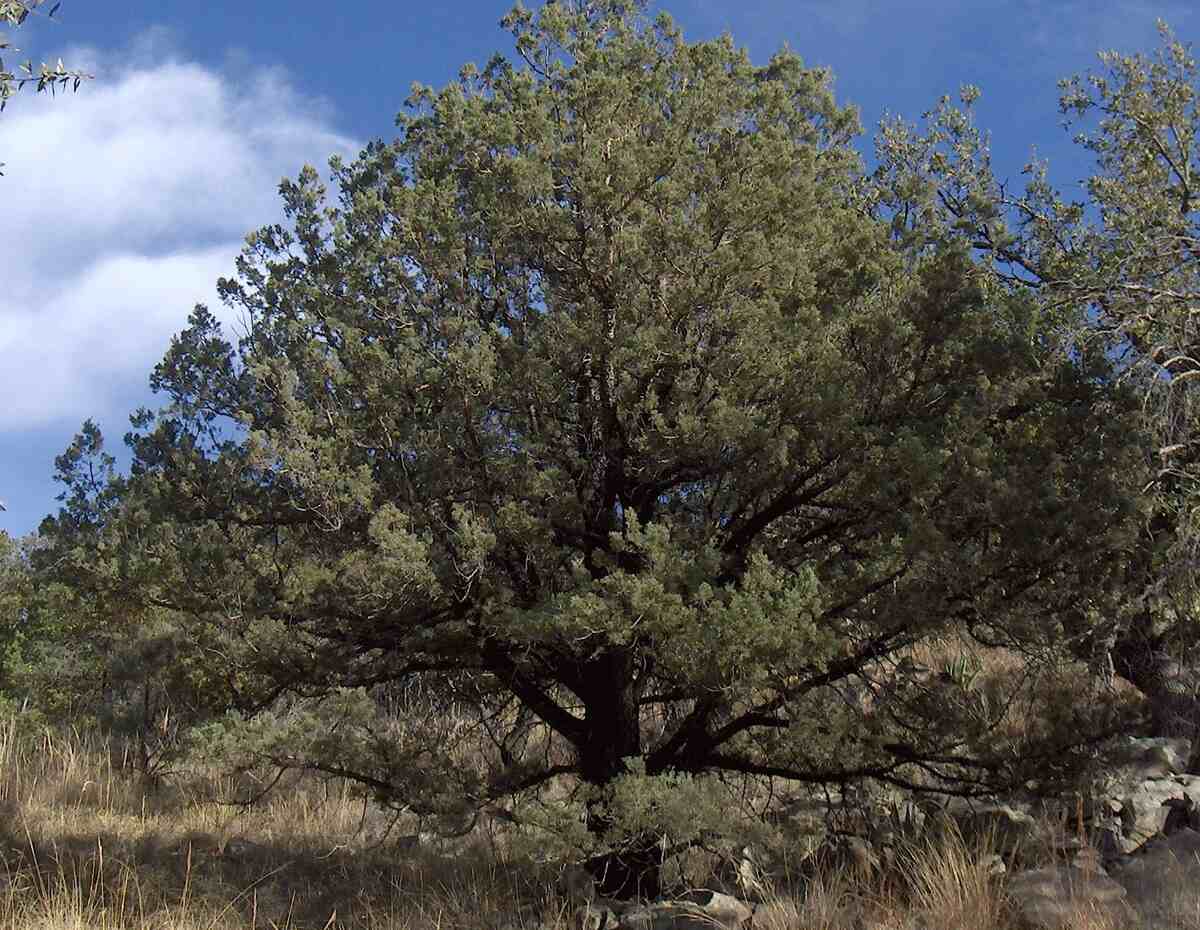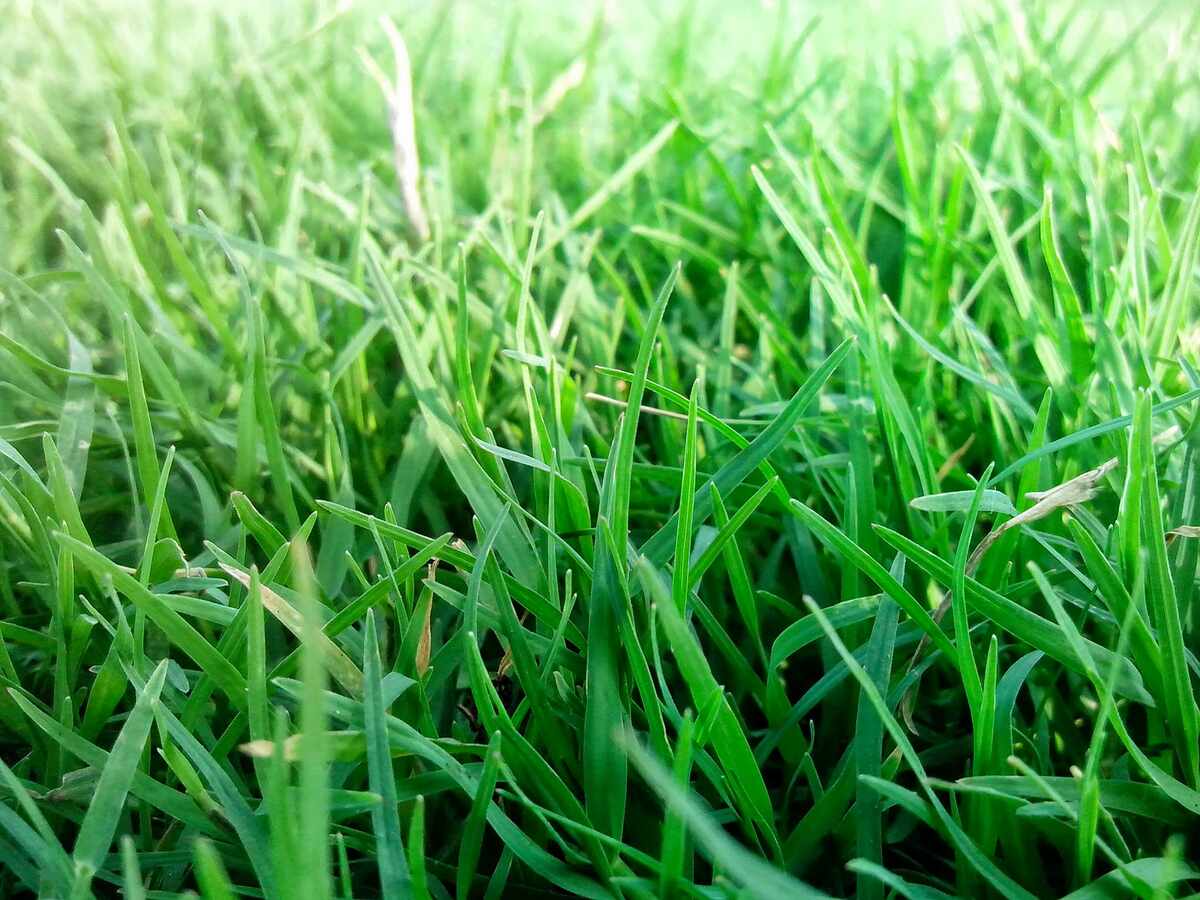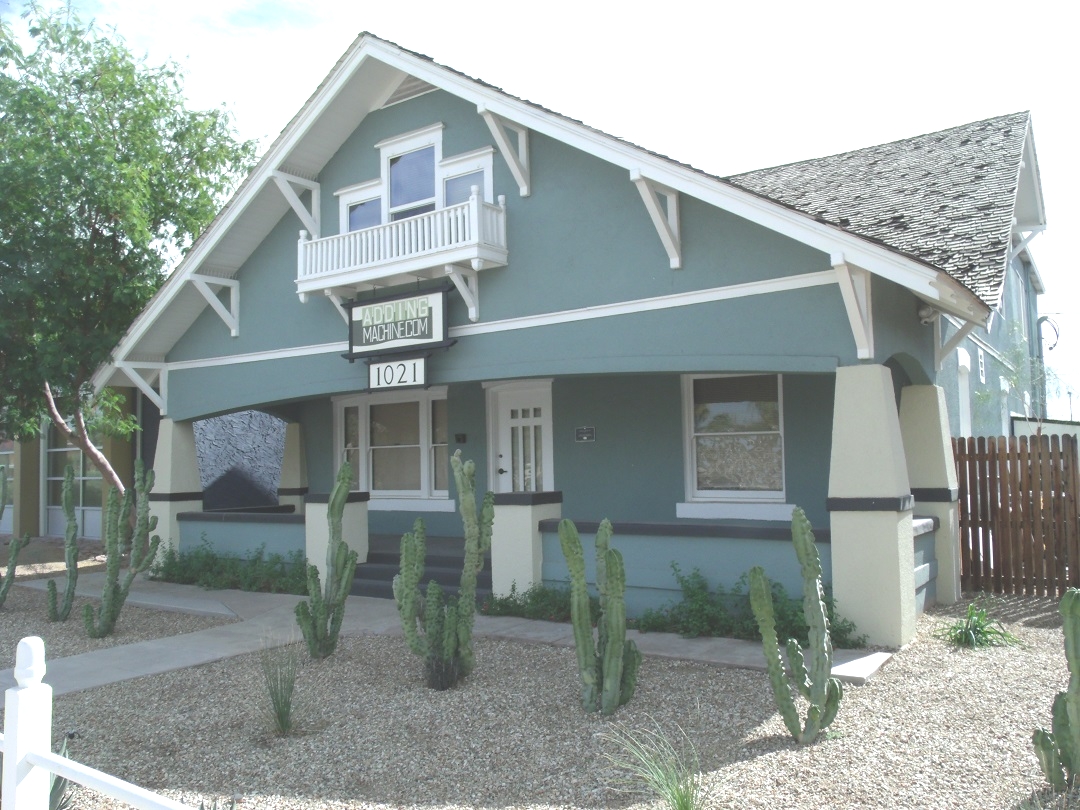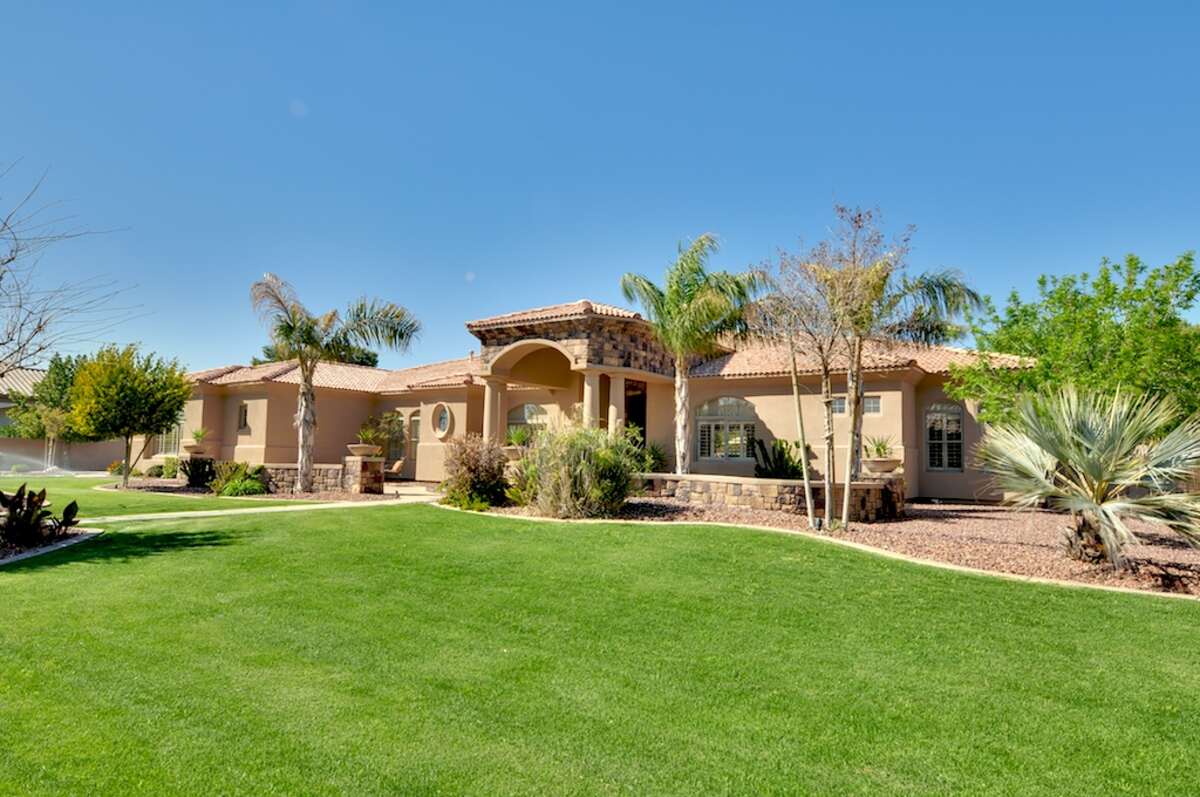
Choosing the best grass types for lawns in Phoenix may seem like a daunting task, especially if you’re new to the area. Arizona is in the USDA’s plant hardiness zone 9b, where the coldest temperature is around 25 degrees but the summers are blazing hot. With that in mind, consider these two best grass types for Phoenix when deciding on what grass to grow in your yard.
Know Your Grass Type
Grasses fit in one of two categories: warm season and cool season. Because Arizona is one of the hottest states in America, cool-season grasses are only used for overseeding. Warm-season grasses grow best in zone 9b.
2 Best Grass Types for Phoenix
You may wonder, “Why only two options for my Phoenix lawn?” Low desert lawns require tough, heat-tolerant grasses that can take Phoenix’s intense summer sun. Bermudagrass, especially the hybrid varieties, and St. Augustine are the only two warm-season grass types that have proven themselves time and again in Phoenix’s challenging environment.
Bermudagrass
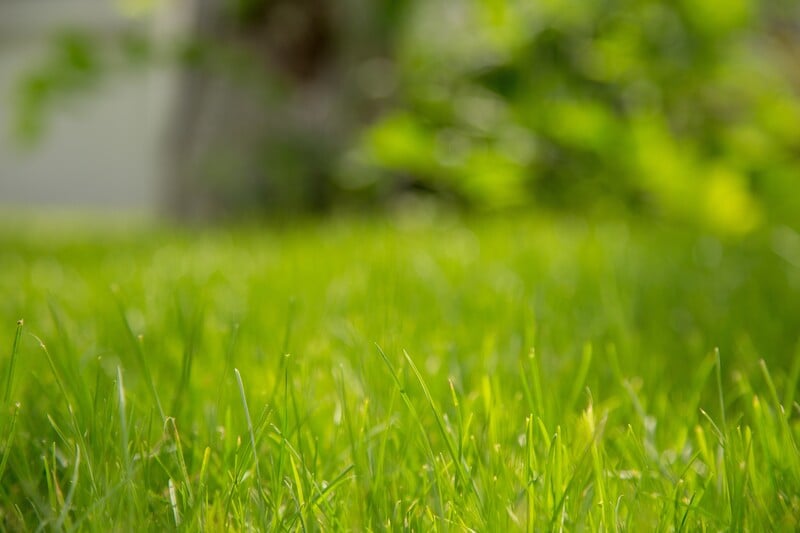
Bermudagrass is heat- and drought-tolerant, making it the most popular choice for lawns in Phoenix. Hybrid Bermudagrasses, in particular, can take the intense heat of a Phoenix summer and are an oft-used choice for homes in Arizona’s low desert areas.
Hybrid varieties are often the preferred grass on Phoenix putting greens since their fine blades work well for the super low cutting heights needed there. When mowing Bermudagrass in the summer, set mowing blades within an inch of the turf (may vary depending on the variety). Before winter’s dormancy, cut the grass to 2 inches.
There are many hybrid Bermudagrass varieties that are popular in Phoenix. Here are a few you may encounter:
- Midiron
- Tifway
- Tifgreen
- TifTuf
- TifGrand
Note on establishment: Hybrid Bermudagrass is sterile and must be planted via sprigs or sod. Common Bermuda, however, can be seeded.
- Classification: Warm-season grass
- Spreads by: Stolons and rhizomes
- Shade Tolerance: Low
- Drought Tolerance: High
- Foot Traffic Tolerance: High
- Maintenance Needs: High, especially for hybrid cultivars
- Mowing Height: 0.5 to 2.5 inches, depending on the cultivar
- Potential for Disease: High; susceptible to spring dead spot, rust, large patch, leaf spot, dollar spot
- Color/Texture: Light to dark green; fine to medium texture
Grass Seed Options:
– Pennington Bermudagrass Bare Spot (5 lb. bag)
– Pennington Smart Seed Bermudagrass Mix (8.75-lb. bag)
– Scotts Turf Builder Bermudagrass (10-lb. bag)
– Hancock Seed Co. Bermudagrass (50-lb. bag)
St. Augustinegrass
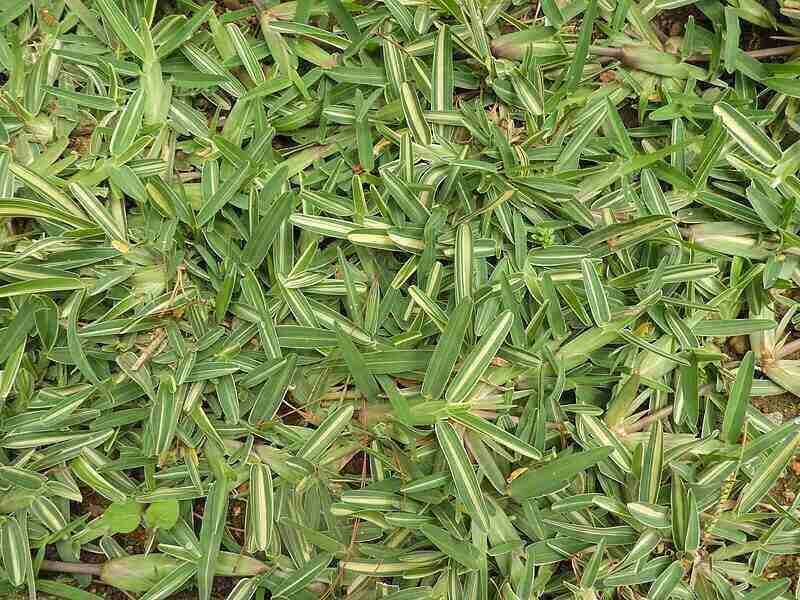
St. Augustine is a heat-tolerant and moderately shade-tolerant grass that offers Phoenix homeowners another option for their low desert lawn. This coarse-bladed grass grows later into the season than other warm-season varieties and has deep root systems to ward off heat. Palmetto St. Augustinegrass is a semi-dwarf variety that is popular in the Phoenix area.
St. Augustine has coarse leaf blades and does best when left to grow to 3 or 4 inches. Dwarf varieties, however, are usually mowed at lower heights. This grass tends to develop thatch if overfertilized and may need to be dethatched regularly. St. Augustine goes dormant in the winter and should not be overseeded.
Note on establishment: St. Augustinegrass is only available as sod, not as seed. Sometimes sprigs or plugs are available.
- Classification: Warm-season grass
- Spreads by: Stolons
- Shade Tolerance: Low to moderate
- Drought Tolerance: Moderate
- Foot Traffic Tolerance: Moderate
- Maintenance Needs: Moderate
- Mowing Height: 3 ½ to 4 inches
- Potential for Disease: High; susceptible to fairy ring, gray leaf spot, pythium, brown patch, take-all root rot, root rot
- Color/Texture: Blue-green; coarse texture
Grass Plug Options:
– Seed Ranch St Augustine Seville Grass Plugs (2 Trays)
– Seed Ranch St Augustine Floratam Grass Plugs (2 Trays)
Overseeding
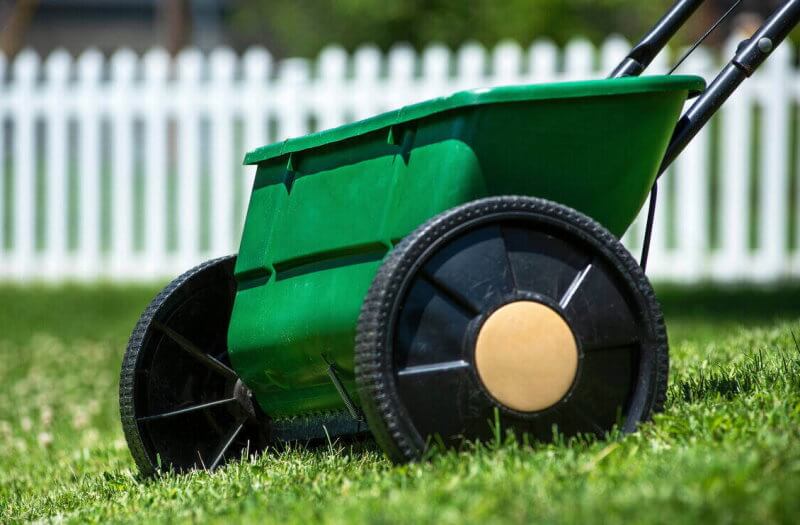
Overseeding with cool-season grass in the winter is an option for Bermudagrass lawns, which go dormant. Overseeding with a winter grass helps the lawn stay green.
Either annual or perennial ryegrass is most often recommended for overseeding. The best time to overseed your Bermuda lawn is in October. Once ryegrass has settled in, mow at a height of 1 to 2.75 inches (depending on whether you have a rotary or reel mower) for the lawn to look its best during winter.
(Tip: Using a ruler will help you establish what height your grass is at and adjust your mower accordingly.)
How to Choose the Best Grass for Your Phoenix Lawn
Choosing the best grass for your Phoenix lawn depends on location, soil pH, drainage, and sunlight – or the lack of it. Before buying sod or grass seed, make note of the yard’s sloping (or flat surface). Test the soil for acidity and properties – is it sandy, clay-like, loamy, or something else? How well does water drain? The amount of direct sunlight determines what grows best in your yard.
Maintenance
Unless you love to spend hours mowing, watering, and weeding, choosing low-maintenance grass lets you put less time into the yard (leaving more time to kick back and relax).
High-maintenance:
- Bermudagrass
Moderate maintenance:
- St. Augustine
Sun and Shade
Arizona’s hot sun determines what grows best in open areas, but the type of grass makes a difference if your property has trees or tall structures to shade the yard.
Moderate shade tolerance:
- St. Augustine (low to moderate)
Low shade tolerance:
- Bermudagrass
Foot Traffic
Do you play a lot of sports in the backyard? Have a dog that loves to run and play? Choose a turf that can handle heavy foot traffic.
High traffic tolerance:
- Bermudagrass
Moderate traffic tolerance:
- St. Augustine
Call in the Pros
DIYers know some chores are easy-peasy. But when it comes to laying sod or seeding a yard, the effort can be back-breaking, frustrating, and … wrong. Then you have to tear it out and start over, which means laying out more money and sweat equity. The cycle is endless.
If grass isn’t your forte, contact a Phoenix landscaping pro to plant new grass and get your Phoenix lawn off to a strong start.
Not interested in planting new grass just yet? Our local LawnStarter pros can take the mowing off your shoulders, keeping your yard trim and neat year-round.
LawnStarter participates in Get Sunday’s affiliate advertising program. LawnStarter may earn revenue from products promoted in this article.
LawnStarter participates in the Amazon Services LLC Associates Program, an affiliate advertising program. LawnStarter earns revenue from products promoted in this article.
Main Image Credit: Ben Freedman / Flickr / CC BY 2.0
